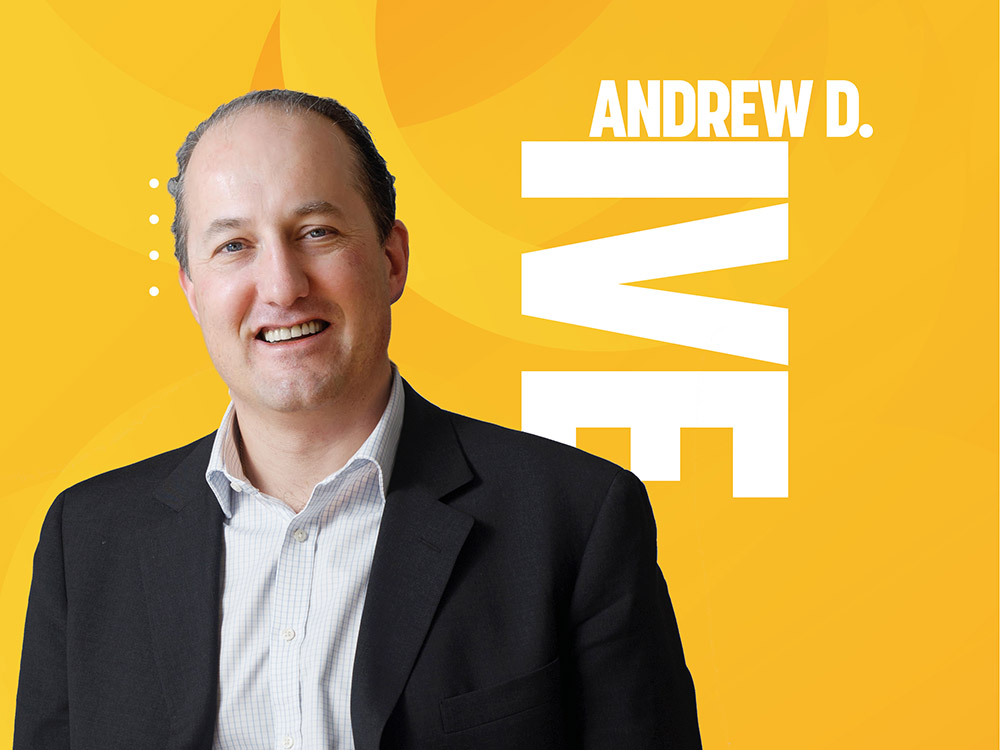

The engineering and design process for a manufacturing facility
In the previous issue, we discussed the importance of planning. But what does that mean? What does that process look like? Recently, I had a client articulate the importance of early engagement and the resulting significant cost savings on future construction costs with upfront engineering. So, where do we start?
Before putting shovels in the ground, we should establish a well-defined scope, cost, and schedule, as well as identify and analyze risks. Particularly as a startup – or anyone with limited funds – it can be tough to understand the value of spending money on engineering, especially early in the process. But the more we do up front, the less surprises later, and this can also help keep ‘scope creep’ under control. By understanding the process and some terms you may hear, you can be better informed as you go into the engineering and design process.
One stage gate method that is commonly used is the Front-End Loading (or Planning; FEL/FEP) process. The exact definition and deliverables in each can vary depending on who you talk to, so make sure you discuss in-depth with your engineering partner to make sure your goals are met. The engineering duration, cost, and cost accuracy can also vary, so again, hammer out those details to meet your needs.
For FEL-1, I also call this the ‘feasibility’ stage. Typical deliverables include the project charter, a block-flow diagram, perhaps an early layout and equipment list, along with a utility review. An early schedule is developed, along with a cost estimate, sometimes referred to as TIC (total installed cost). As you might expect, the definition is relatively low, and the cost is probably in the +/-50% accuracy range – enough to determine if moving to the next stage of definition is justified. The FEL-1 process is also relatively low cost (perhaps 0.5% of the total installed cost), and relatively short duration (perhaps eight to 16 weeks).
Industry estimates and benchmark studies have shown a well-planned and executed FEED can realize benefits of up to 30% reduced cost and shorter project execution time
Next comes FEL-2. Some terms that may be used could include conceptual or pre-FEED (more on that next). The deliverables from FEL-1 will be advanced and refined. The scope/basis of design starts to come together. Typically, we’ll see process flow diagrams, heat and material balance, equipment data sheets, initial quotes, and utility drawings (mechanical/electrical/ plumbing). Sometimes an early 3D model is developed, as well as a sustainability assessment; maybe even some preliminary piping and instrumentation drawings (P&IDs). You should also start to see a risk mitigation plan and constructability review. With these additional and refined deliverables, the FEL-2 process improves definition, and total installed cost might be refined to the +/-30% range. The FEL-2 process could be in the three- to six-month range, but still moderate cost; maybe 1-2% of total installed cost.
Assuming the project is still favorable at the FEL-2 stage gate, the FEL-3 is where definition really ramps up. FEL-3 is sometimes referred to as basic engineering or ‘front-end engineering design’ (FEED). The goal is to outline the technical requirements, costs, and risks associated with the project. Notably, it advances the FEL-2 deliverables. A model (2D or 3D) is typically developed, facility and installation engineering is performed, an automation strategy is developed, and an execution strategy, or project execution plan, comes together. Generally, you want to see equipment data sheets that are purchase-ready (so you can buy early/long-lead equipment, if desired). A hazard analysis and area classifications, if not performed earlier, are completed and/or refined. As expected, there is a high level of definition in the FEL-3 stage, and aggressively, cost accuracy could approach +/-10%. The FEL-3 process requires more time (six to 12 months), and the cost might be 2-3% of total installed cost. Although the outcome of FEL-3/FEED is not construction-ready drawings, as detailed design and engineering is yet to be performed, you now have a well-defined scope, cost, and schedule, and can proceed with more confidence.
Industry estimates and benchmark studies have shown a well-planned and executed FEED can realize benefits of up to 30% reduced cost and shorter project execution time. This is significant, considering the direct cost of the FEED might only be 2-3% of your total installed cost, yet you could realize 10 times that than if the FEED had not been performed. Success is dependent on the proper planning – so allow sufficient time and upfront cost to give your project the best chance for success.
David Ziskind is the Market Lead for Food & Beverage at Stantec. Through innovative solutions, he helps companies sustainably solve their manufacturing infrastructure challenges. This article was republished from the October/November 2023 edition of Protein Production Technology International, the industry's leading resource for alternative proteins. To subscribe to read future editions hot off the digital press, please click here
If you have any questions or would like to get in touch with us, please email info@futureofproteinproduction.com
More Opinion

Food biomanufacturing: A national security issue
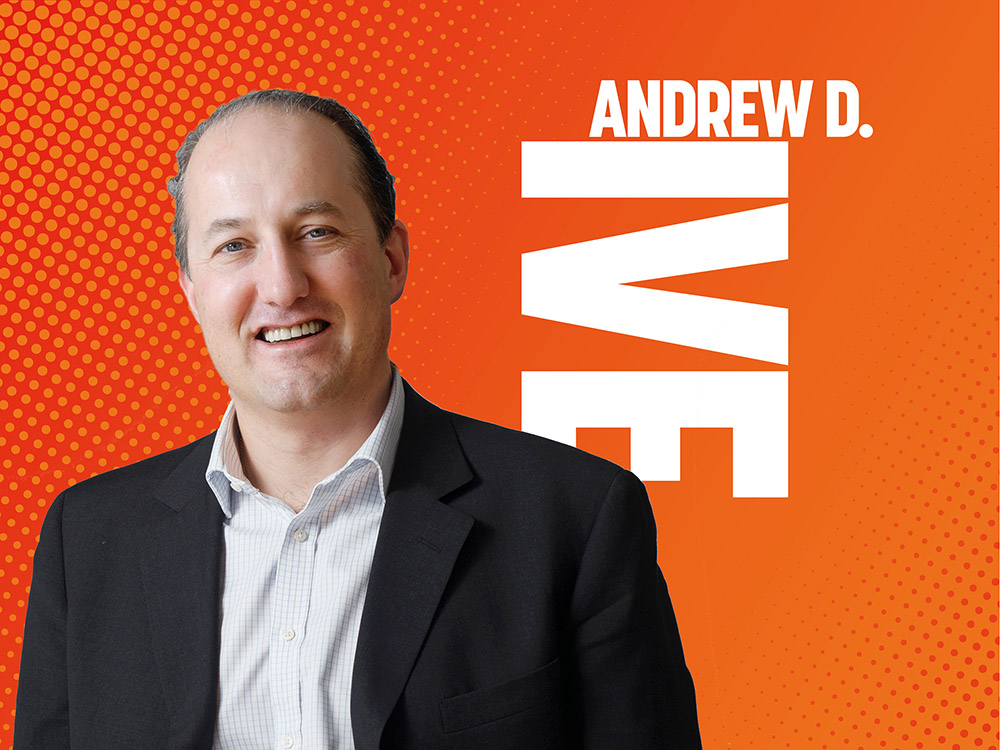
Creating a new protein sector: Part II
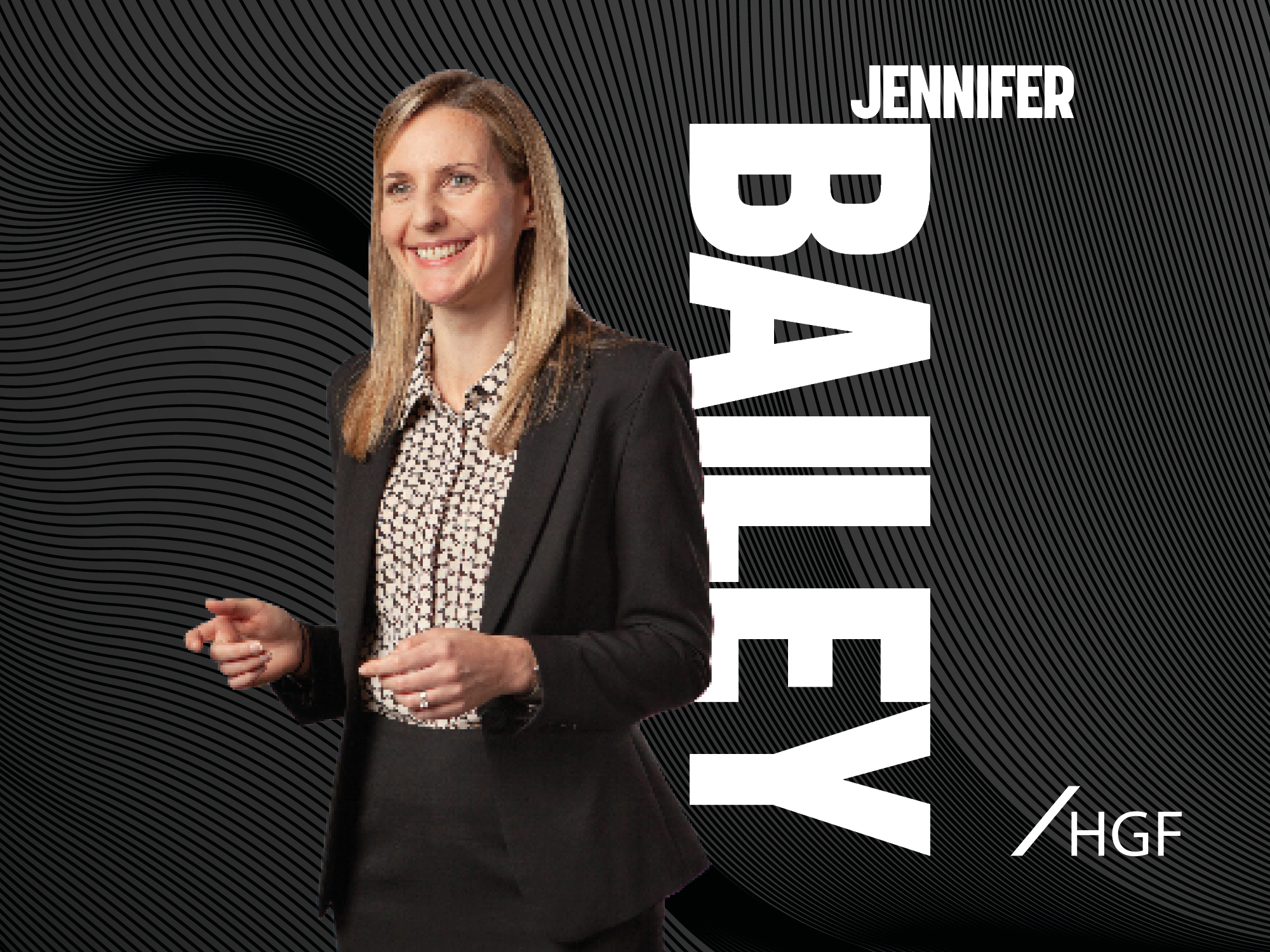
Trade secrets: when, how and why to use them

The criticality of conducting LCAs
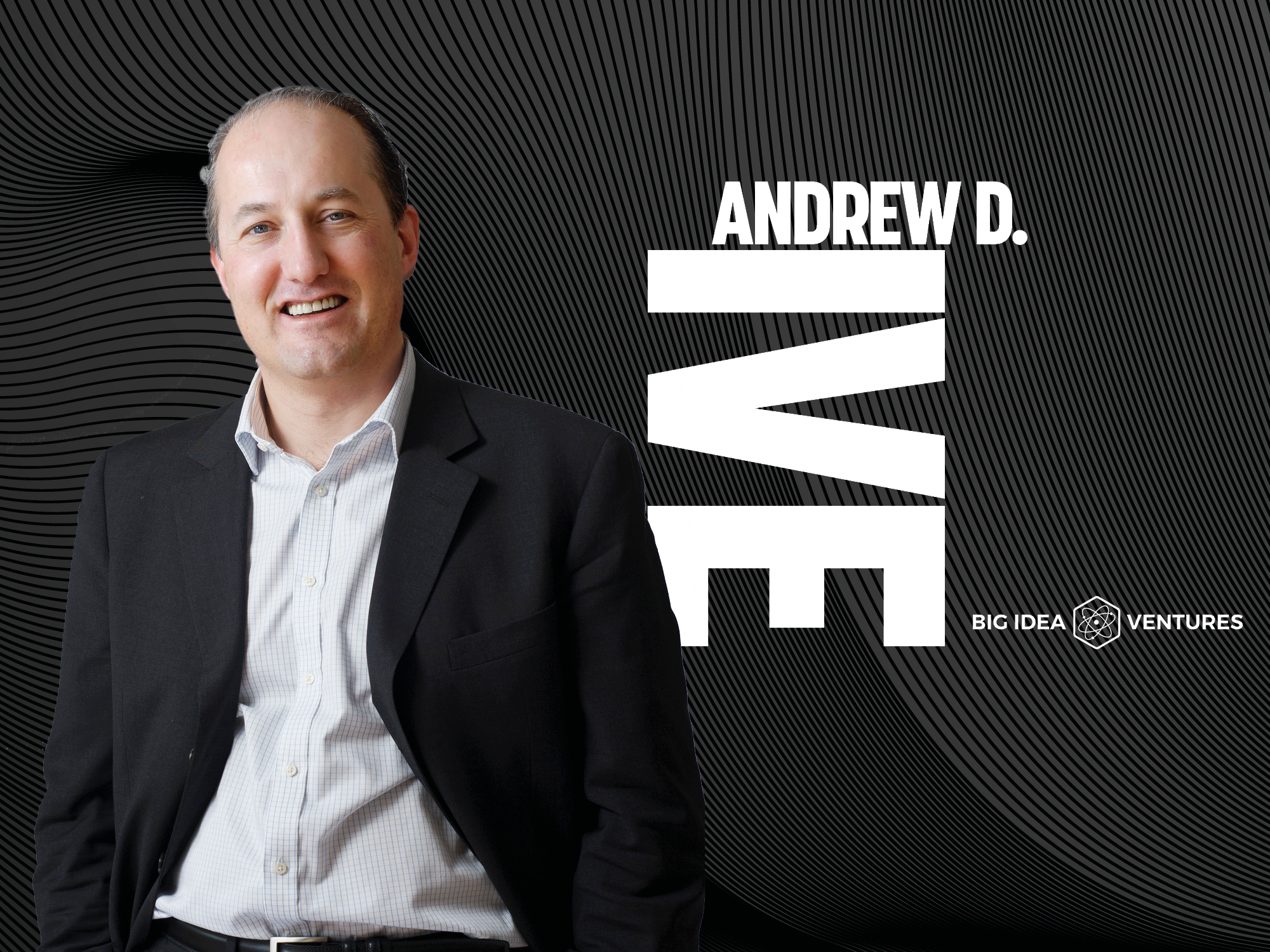
Creating a new protein sector: Part I
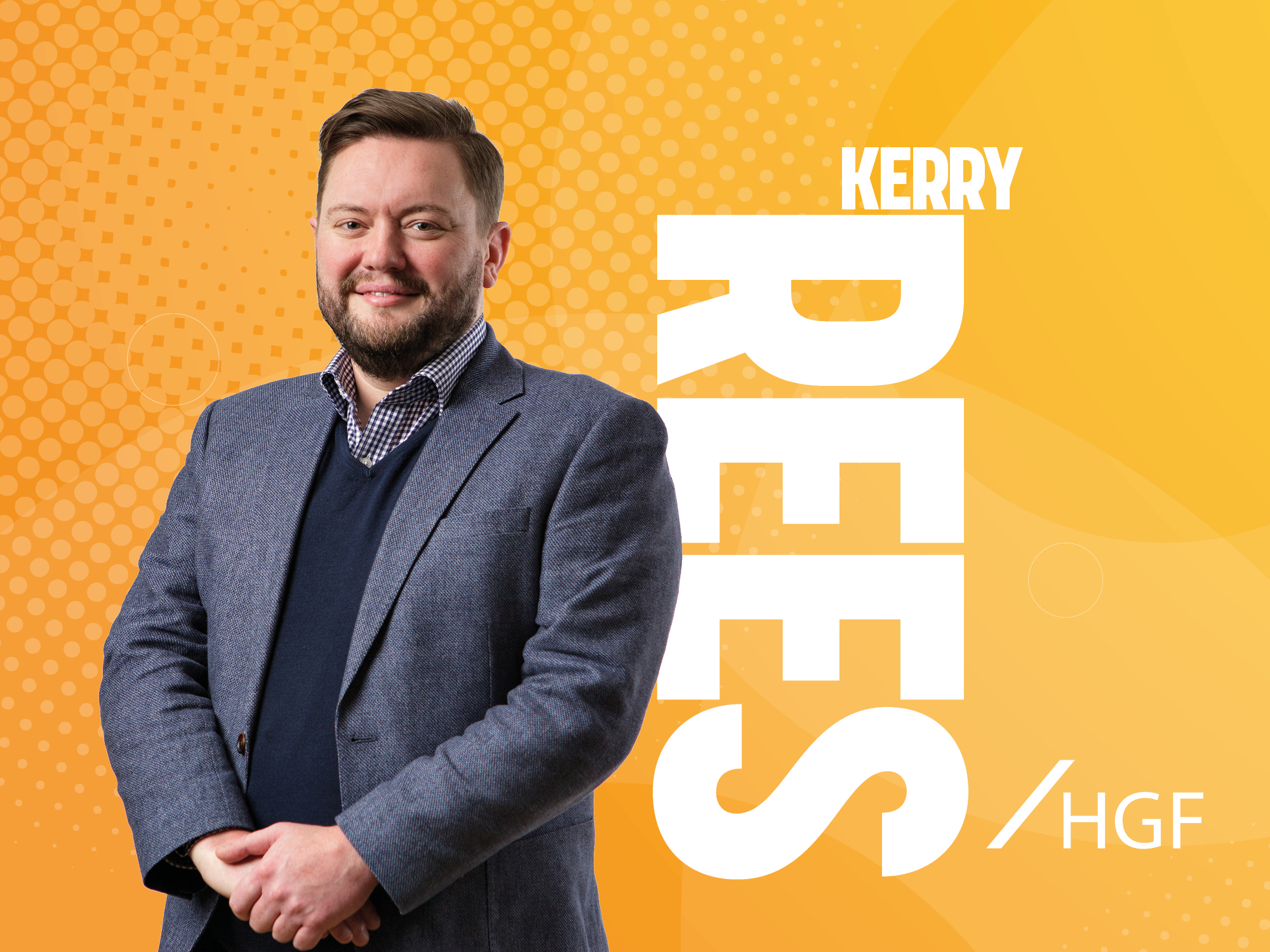
Protecting IP on a budget
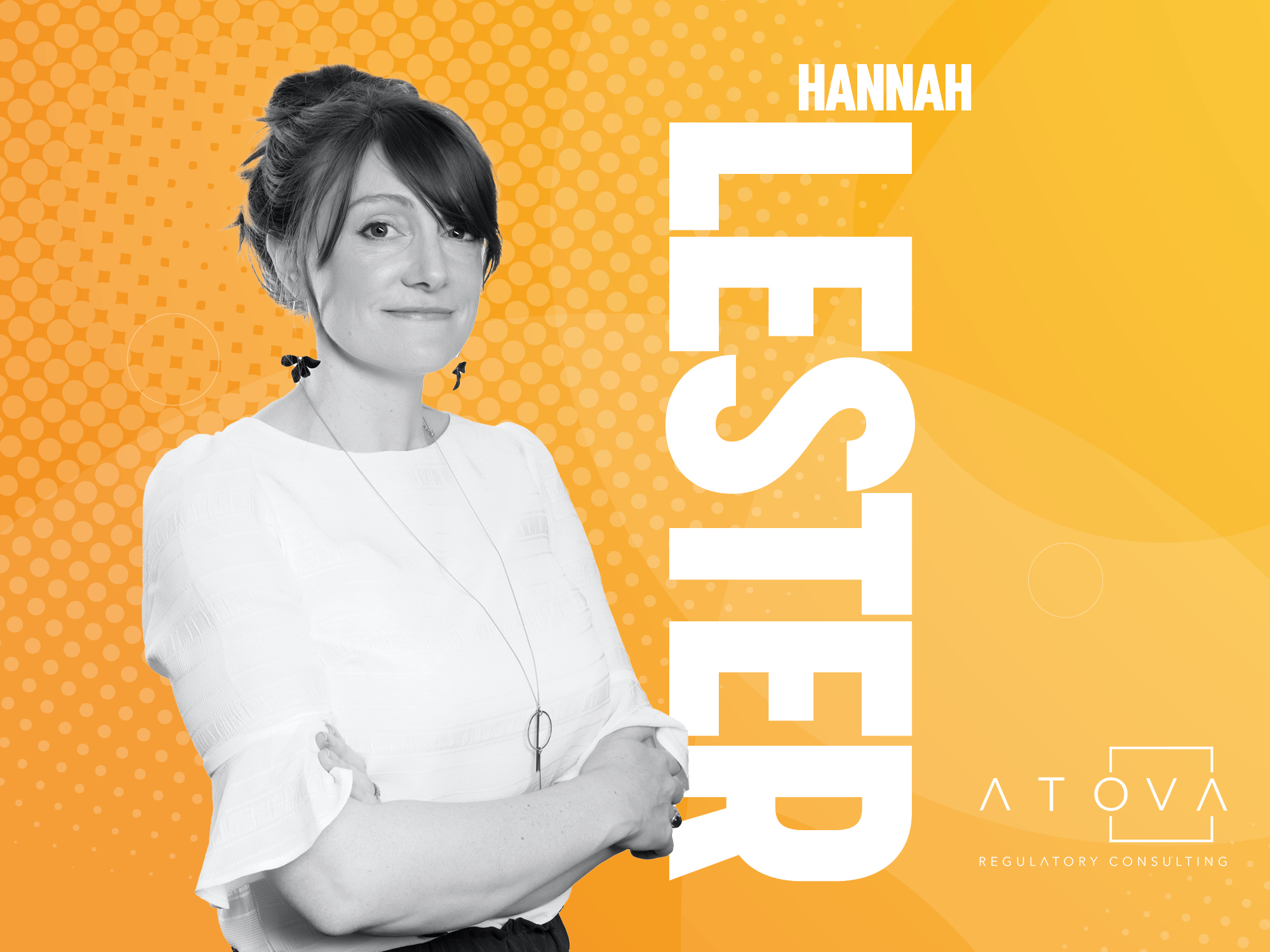
Will the UK become the new Singapore?



